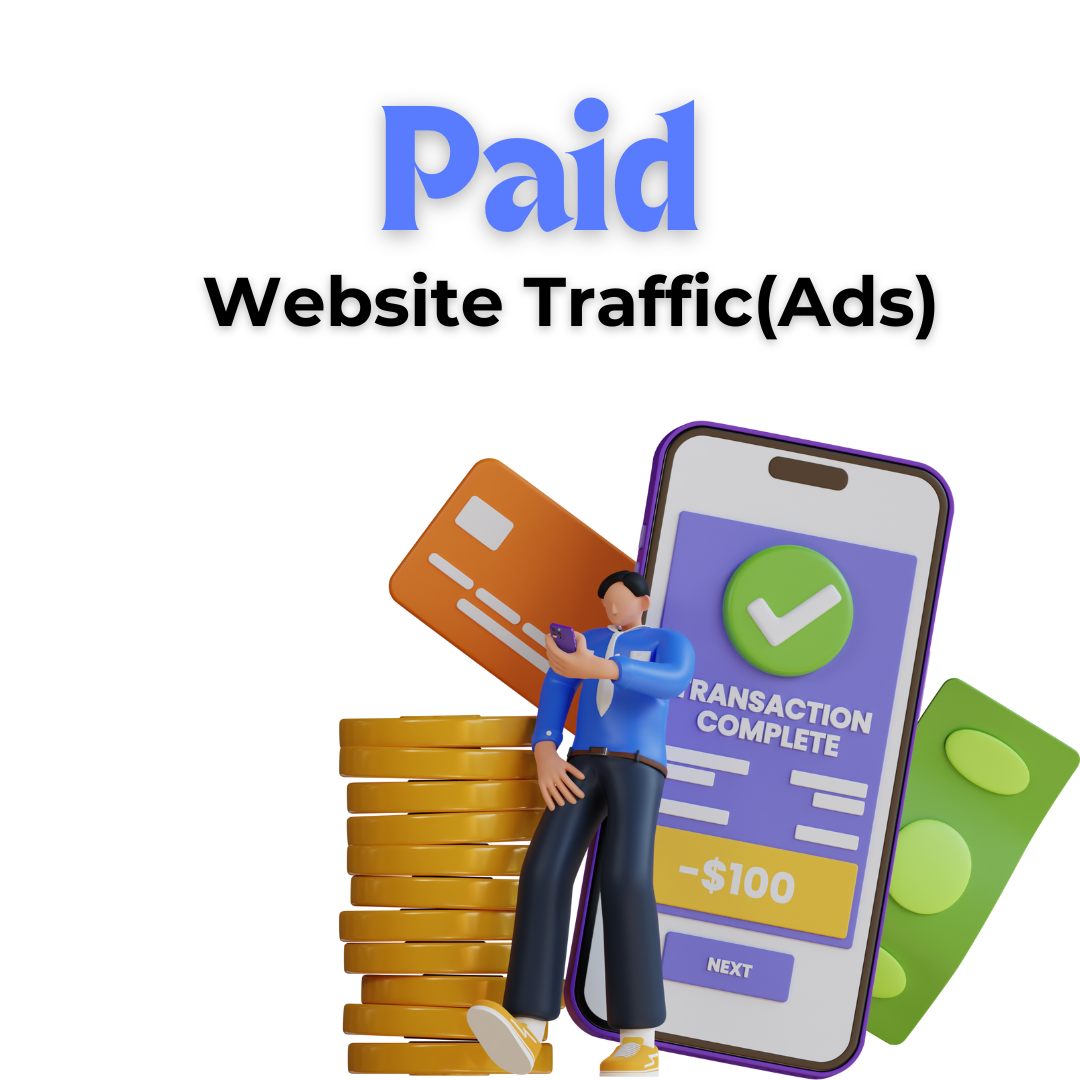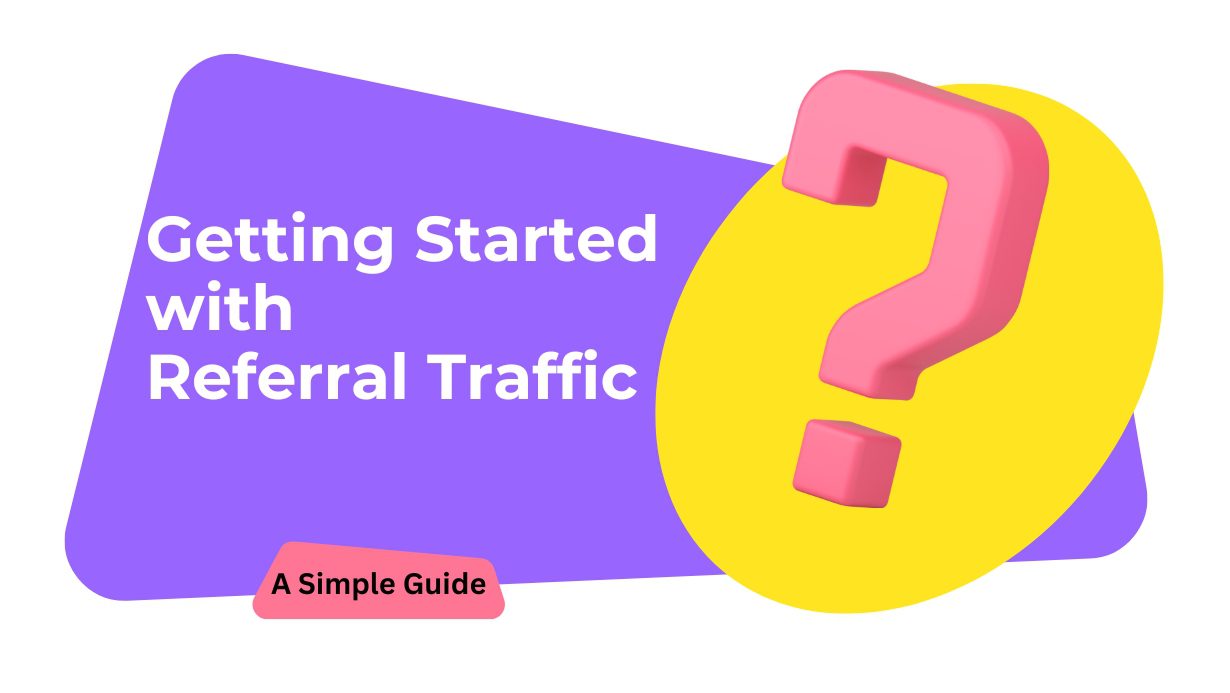Buying Your Way In: A Guide to Using Paid Website Traffic

In today's competitive online landscape, attracting website visitors is crucial for success. Organic traffic growth takes time and effort, so many businesses consider buying website traffic as a shortcut. While this approach can be effective, it's important to navigate it cautiously.
This article explores the different ways to buy website traffic and helps you decide if it's the right strategy for your business.
Types of Paid Website Traffic
There are several ways to acquire website visitors through paid methods:
- Pay-Per-Click (PPC) Advertising: This involves running ads on search engines (like Google Ads) or social media platforms (like Facebook Ads). You only pay when someone clicks on your ad, driving targeted visitors to your site.
- Display Advertising: This involves placing banner ads on other websites relevant to your target audience. The goal is to grab attention and encourage clicks to your site.
- Native Advertising: This subtle form of advertising blends seamlessly with the content of a website or platform. Native ads are typically more engaging than traditional display ads.
- Retargeting: This strategy targets users who have previously interacted with your website or brand online. Retargeting campaigns can be highly effective in reminding users of your offering and encouraging them to return to your site.
- Geo-Targeted Traffic (Visitors): This leverages PPC or display advertising to reach users in specific geographic locations, ensuring your message reaches potential customers in your target market.
- Targeted Social Media Traffic (Visitors): Social media platforms offer powerful advertising tools to target users based on demographics, interests, and online behavior. This allows you to attract highly relevant visitors from social media channels.
- Pop-up Traffic: This involves displaying eye-catching pop-up ads on websites visited by your target audience. While effective in grabbing attention, pop-up ads can be disruptive if not used strategically.
- Targeted Mobile Traffic Devices: With the rise of mobile browsing, targeting users on specific mobile devices can be crucial. This might involve using PPC or display advertising specifically optimized for smartphones and tablets.
Pros and Cons of Buying Website Traffic
Pros:- Faster Results: Buying traffic provides a quicker influx of visitors compared to organic growth strategies.
- Targeted Reach: Many platforms allow you to target specific demographics and interests, ensuring your website reaches your ideal audience.
- Brand Awareness: Paid advertising can increase brand visibility, especially through display and retargeting campaigns.
Cons:
- Cost: Buying traffic can be expensive, and the return on investment (ROI) depends on your chosen platform and targeting strategy.
- Unqualified Traffic: Not all paid traffic converts into leads or sales. There's a risk of attracting visitors who are not interested in what you offer.
- Click Fraud: Some platforms have issues with click fraud, where bots generate fake clicks on your ads, wasting your budget.
Before you invest in paid traffic, consider these factors:
- Your Budget: Be realistic about how much you can afford to spend.
- Your Target Audience: Identify who you want to reach and where they spend their time online.
- Your Conversion Goals: What are you hoping visitors will do on your website (e.g., purchase, signup, contact)?
Maximizing Your ROI with Paid Traffic
- Set Clear Goals: Define your desired outcome (increased sales, leads, brand awareness) and track your progress.
- Target Precisely: Don't waste money on irrelevant visitors. Use detailed targeting options offered by advertising platforms.
- Optimize Your Landing Pages: Ensure your website pages are optimized for conversions, encouraging visitors to take the desired action.
- Track and Analyze: Monitor the performance of your campaigns and adjust your strategies based on data.
Remember: Buying website traffic is a tool, not a magic bullet. It needs careful planning, execution, and monitoring to ensure it delivers the desired results for your business.






